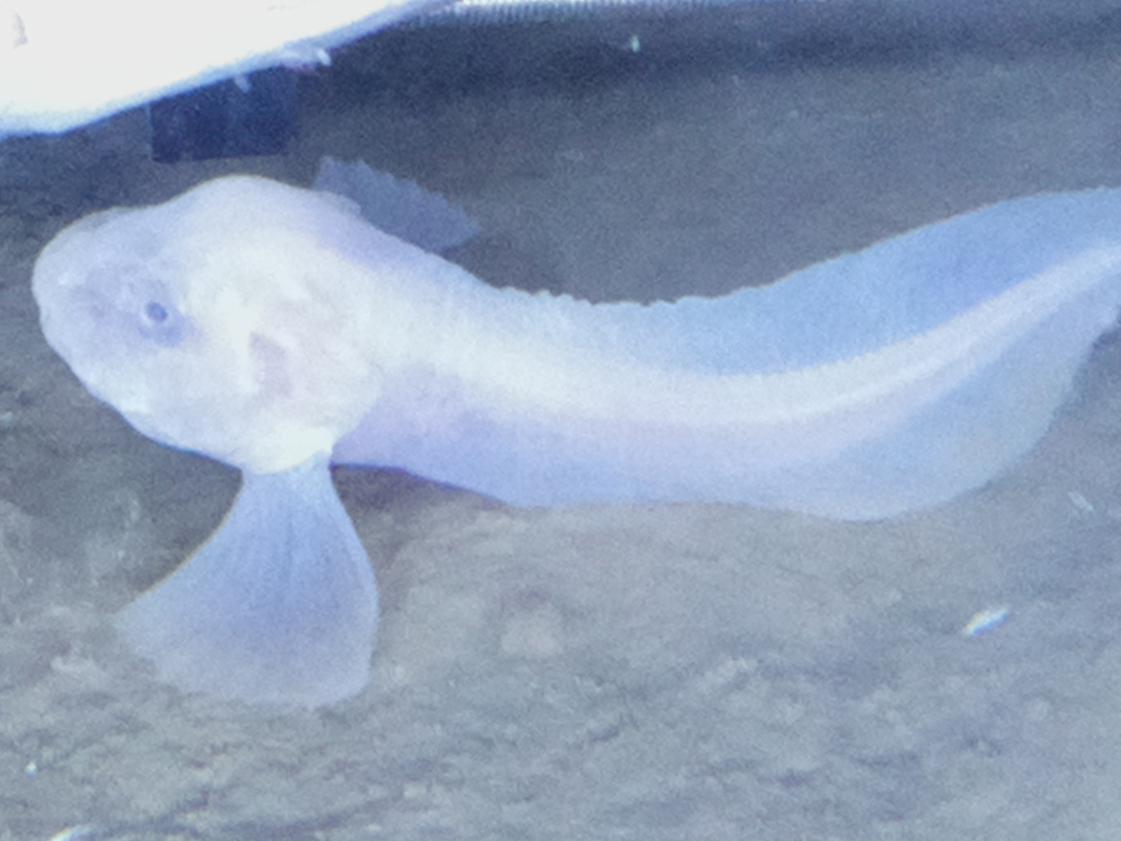Three bizarre new species of fish discovered in one of the Pacific Ocean’s deepest parts
'Without the extreme pressure and cold to support their bodies they are extremely fragile and melt rapidly when brought to the surface'
Your support helps us to tell the story
From reproductive rights to climate change to Big Tech, The Independent is on the ground when the story is developing. Whether it's investigating the financials of Elon Musk's pro-Trump PAC or producing our latest documentary, 'The A Word', which shines a light on the American women fighting for reproductive rights, we know how important it is to parse out the facts from the messaging.
At such a critical moment in US history, we need reporters on the ground. Your donation allows us to keep sending journalists to speak to both sides of the story.
The Independent is trusted by Americans across the entire political spectrum. And unlike many other quality news outlets, we choose not to lock Americans out of our reporting and analysis with paywalls. We believe quality journalism should be available to everyone, paid for by those who can afford it.
Your support makes all the difference.Three new species of fish have been found living in the pitch-black waters of the Atacama Trench, one of the deepest parts of the ocean.
An international research team used baited camera traps deployed in the south east Pacific Ocean to reveal the mysteries of this largely unexplored region.
Despite the freezing cold and extreme pressures 7,500m (24,606 feet) down, the scientists found the trench was teeming with life.
Among the creatures they observed flocking around their bait were three new species of snailfish, animals with soft, translucent bodies well adapted to life in extreme conditions.
Dr Thomas Linley, one of the team members based at Newcastle University, said at these depths the snailfish are able to live free of competitors or predators.
“As the footage clearly shows, there are lots of invertebrate prey down there and the snailfish are the top predator, they seem to be quite active and look very well-fed,” he said.

“Their gelatinous structure means they are perfectly adapted to living at extreme pressure and in fact the hardest structures in their bodies are their teeth and the bones in their inner ear which give them balance.
“Without the extreme pressure and cold to support their bodies they are extremely fragile and melt rapidly when brought to the surface.”
Dr Linley has previously described another snailfish – the Mariana snailfish – which is able to live further down than any other fish, at nearly 8,200m (26,903 feet) deep.
Nicknamed the “pink, the blue and the purple Atacama snailfish”, the new species were all identified by the team after they analysed over 100 hours of video footage and 11,468 photographs taken on the sea floor.
One of their traps also managed to catch a snailfish that was then transported to the surface, where its remains are being preserved and analysed.
The team have been working on their “lander” trap systems, developed in Newcastle, as a means to explore ultra-deep regions for the past five years.
Their latest expedition saw them target the Atacama Trench, which runs along the western coast of South America for almost 6,000km (3,728 miles).
The system is dropped overboard and cane take up to four hours to sink to the bottom. Once there, it is equipped with HD cameras, bait and traps that allow the researchers back on land to capture a vivid picture of trench life.
Besides the elusive snailfish, the scientists also managed to capture rare film of long-legged crustaceans known as munnopsids, which are around the size of a human hand.
These findings are being presented at the Challenger Conference at Newcastle University this week, where marine scientists gather to share their latest research.

Join our commenting forum
Join thought-provoking conversations, follow other Independent readers and see their replies
Comments